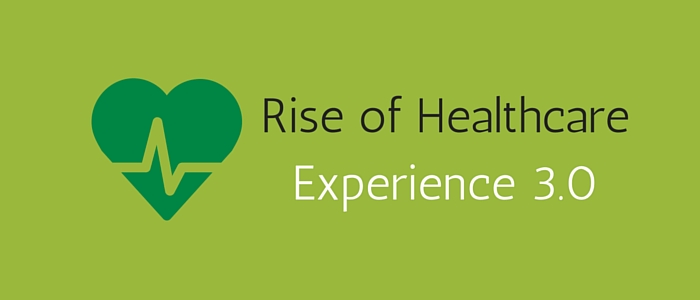If your hospital has an Information system hosted On-Premise or if you are running desktop applications to manage your practice, you must already have faced a lot of challenges for acquiring, adopting, scaling and maintaining these systems. And after all this you might still be pouring in a lot of money to sustain something that is not giving you the expected return on investment. Over a period of time, you must also have realized the shortcomings of the functionalities offered by such systems. If this is what you are currently facing or want to avoid facing in the future, you need to embrace Cloud.
Cloud computing is significantly changing the way we interact with technologies. The effect is felt more by healthcare enterprises which are experiencing a paradigm shift from the traditional approaches for Information Technology. To define it simply, Cloud Computing provides IT services on a ‘pay-per-use’ basis through web-based tools and applications. They are more cost-effective than traditional IT models. The solutions are also highly adaptable and scalable. The healthcare industry faces increasing pressures of keeping costs low, adopting modern systems which support Electronic Medical Reports (EMRs), sharing data quickly and securely, and moving away from legacy systems. Looking at the benefits cloud offers, many healthcare organisations (HCOs) are looking at cloud as an all-encompassing solution to their problems.
But before migrating to cloud, HCOs should be aware of the service and deployment models. Clouds use the following service models:
1. Infrastructure as a Service (IaaS) – The most basic of cloud service models, IaaS provides users with computing resources, processing power, networks and storage.
2. Platform as a Service (PaaS) – This model provides a computing platform and solution stack as a service. It enables users to create applications developed using tools and libraries onto the Cloud infrastructure.
3. Software as a Service (SaaS): It is a delivery model where the software is licensed on a subscription basis and hosted on the cloud. Users can access these applications from their devices.
Clouds are deployed in the following ways:
A. Private Clouds – Dedicated for a single organisation. They can be located on-premise or offsite.
B. Public Clouds - Open to the general public. Owned and provided by a Cloud Service Provider.
C. Hybrid Clouds – Combination of public and private clouds. Organisations can keep confidential information in private cloud and access other computing resources through public cloud.
D. Community Clouds – Shared by several organisations.
The plethora of different services indicates that both large and small HCOs can benefit from cloud services. As customer demands increase and the industry grows further, moving to the cloud will be the only way to stay ahead of competitors in the healthcare industry. The most important thing is to choose a consultant who is reliable and experienced in this space and has extensive experience in working with associated technologies along with a strong healthcare domain expertise.
Meticulous processes need to be followed while designing the best cloud model for HCOs. A clear definition of the scope and user expectations should be put in place. Based on your needs, you should look for an appropriate and cost-effective cloud solution.
So, make sure you make no further delay in switching to cloud and start enjoying the benefits.





